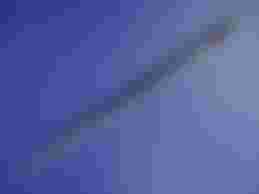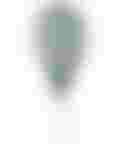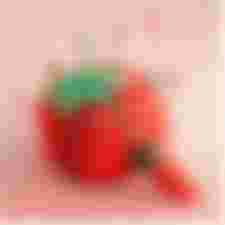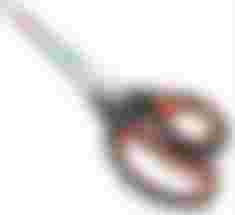Dressmaking is an art of sewing clothes and dresses that we can use everyday. Because of them we can walk outside confidently and comfortably with the clothes they have created.
Dressmaking has a huge role in our lives and specially for those who wants to make a career out of it. Before you are going to be considered as an "EXPERT" in the said feild practice is a very much needed step. No one become an expert overnight. Always remember to start with the basic starting from the stools and equipment used in dressmaking, talking body measurement properly and accurately convert common measurements used in dressmaking knowing the principles of design learning and steps in using the sewing machine and lastly considering the occupationaly health and safety.
Let us know the basic tools for sewing
Needles- a very fine slender piece of metal with a point at one end and a hole or eye for thread at the other, used in sewing.

Needle threader- A needle threader is a device for helping to put thread through the eye of a needle. Many kinds exist, though a common type combines a short length of fine wire bent into a diamond shape, with one corner held by a piece of tinplate or plastic
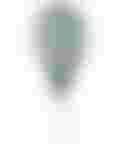
Pin cushions- a small cushion into which pins are stuck for convenient storage.
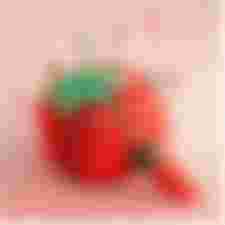
Ruler- A ruler, sometimes called a rule or line gauge, is a device used in geometry and technical drawing, as well as the engineering and construction industries, to measure distances or draw straight lines.
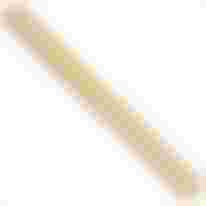
Scissors- cutting device consisting of two blades, each with a ring-shaped handle, which are joined in the middle so that their sharp edges move against each other, used esp. for cutting paper or cloth.
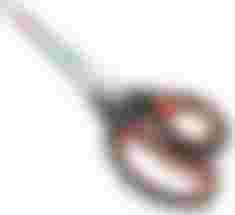
Sewing kit- it is the box or storage room for the sewing tools.
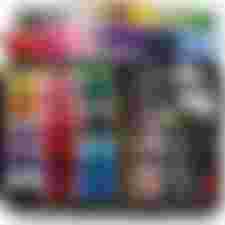
Thats the basic tos for sewing and lets move on lets go to the HISTORY OF DRESSMAKING.
WEARING CLOTHES- 650,000 years ago our ancestors used primitive clothes. This primitive clothes are made of animal fur and skin as well as barks and leaves of trees. The main purpose was simply to protect the fragile human body agains the rain the sun wind and the cold. These were either tied up or wrapped arround the bodies as people went foraging for food.
NEEDLE THREADS- needle and thread were the evidences used in making clothes. The needles are made of bones and ivory. The woven textiles were found in EGYPT and the silk culture in CHINA. This marked the early begging of DRESSMAKING.
Needle and threads hand crafted and made of bones the needle has a spilt head instead of an eye which gripped the thread to be sewn.
SILK&ROAD- this was the series of ancient trade routes between CHINA and other countries in ASIA Minor. The trading between them played a significant role in the development of civilization in china india Mesopotamia Egypt including Rome.
Greek and Roman- In Greece clothes were made in simple lengths of wood or linen secured at the shoulders with the sashes used as belt. The people was a loose ankle length robe worn by women whole chlamys was knee-length robes worn by the men. Both were covered with a loose cloak called himation.
MIDDLE AGES- During this tims there had been improvements on the quality of clothes. The Byzantine used with richly patterned, embroidered clothes draped over tunica the replacement of the toga.
And that was the history of DRESSMAKING lets move on some people asked me this IS DRESSMAKING IS A GOOD WORK? CAN YOU EARN A PROFIT HERE? HOW CAN I EARN HERE?so here's my answer to all of your questions
Yes, Dressmaking is a good opportunity you can earn a profit also I did a survey last week about HOW MUCH CAN YOU EARN IN MAKING DRESS IN A MONTH many people said in the past years they can earn a 30,000-50,000 but when the pandemic hits now they can earn 5,000-10,000 a month. You can earn here by promoting your dress making dress also.
If you're good at SEWING why won't you try to use it to make money?!
